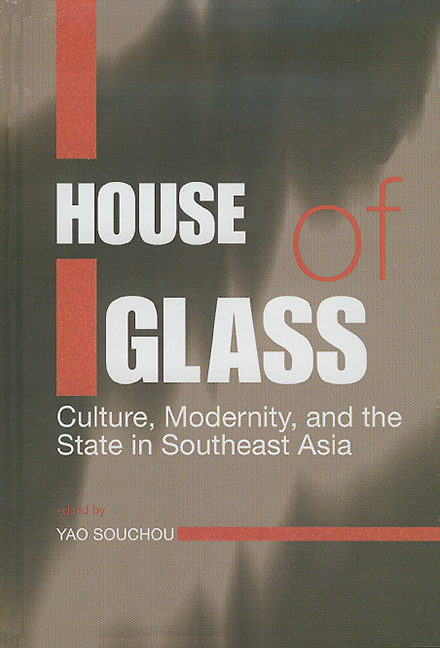Book contents
- Frontmatter
- Contents
- Preface
- Contributors
- Introduction
- Part One Local desire and global anxieties
- Part Two Identity, the state, and post-modernity
- Part Three State power, development, and the spectre of nation-building
- Part Four
- 10 Representing the Singapore modern: Dick Lee, pop music, and the “New” Asia
- 11 Pictures at an exhibition: re-presenting the sugar industry at the Negros Museum, Philippines
- 12 Stars in the shadows: celebrity, media, and the state in Vietnam
- 13 On the expressway, and under it: representations of the middle class, the poor, and democracy in Thailand
- Index
13 - On the expressway, and under it: representations of the middle class, the poor, and democracy in Thailand
from Part Four
Published online by Cambridge University Press: 21 October 2015
- Frontmatter
- Contents
- Preface
- Contributors
- Introduction
- Part One Local desire and global anxieties
- Part Two Identity, the state, and post-modernity
- Part Three State power, development, and the spectre of nation-building
- Part Four
- 10 Representing the Singapore modern: Dick Lee, pop music, and the “New” Asia
- 11 Pictures at an exhibition: re-presenting the sugar industry at the Negros Museum, Philippines
- 12 Stars in the shadows: celebrity, media, and the state in Vietnam
- 13 On the expressway, and under it: representations of the middle class, the poor, and democracy in Thailand
- Index
Summary
“Piak can't possibly be trusted … he's a servant.”
I raise an eyebrow.
“Besides,” she says, “it involves technology, and you know that they can't operate electronic machinery …”
I've never seen Piak have any trouble. … I wonder why my aunts persist in the delusion that there are certain things the servant classes simply don't have the brains to do.
(Somtow 1995, p. 151)In May of 1992, demonstrators succeeded in overthrowing the military government of General Suchinda Kraprayun and restoring democracy. One academic described these events in his newspaper column almost exultantly, “It has never happened that a mob anywhere has been so full of automobiles, mobile phones, hand-held radios, and workers of the ‘white collar’ type” (Sayamrat sapda wichan, 14 June 1992, p. 12). Early in the demonstrations, the protestors were dubbed by the press the “automobile mob”, and the “mobile telephone mob”, a depiction retained in academic works and retrospectives on the May uprisings.
Many protestors arrived at the demonstration site in their large cars, carrying their hand phones. … Local newspaper [sic] reported that the majority of the demonstrators were “middle class”. The typical member of the “mob” was a well-off, well-educated, white-collar worker. (Sungsidh and Pasuk 1993, pp. 27–28)
Representations thus prominently feature automobiles, mobile phones, the “middle class”, and democracy, tying these concepts together in a way that has important implications for viewing their role in Thai society and the democratic state. Yet these representations, constructed by middle-class academics and journalists, are not an objective or accurate portrayal of the events. In order to illuminate the discrepancies in this middle-class constructed representation, and to locate the aspects that have disappeared, a closer look at representations of the middle class, the poor, the rich, and democracy is necessary.
- Type
- Chapter
- Information
- House of GlassCulture, Modernity, and the State in Southeast Asia, pp. 313 - 338Publisher: ISEAS–Yusof Ishak InstitutePrint publication year: 2001

